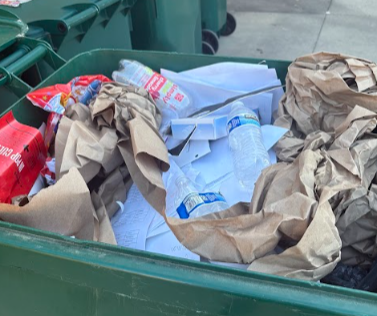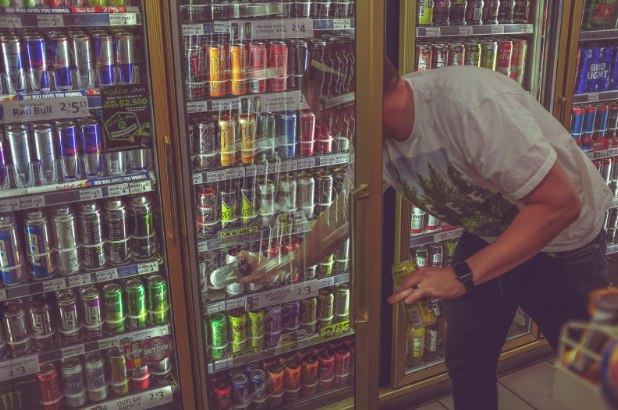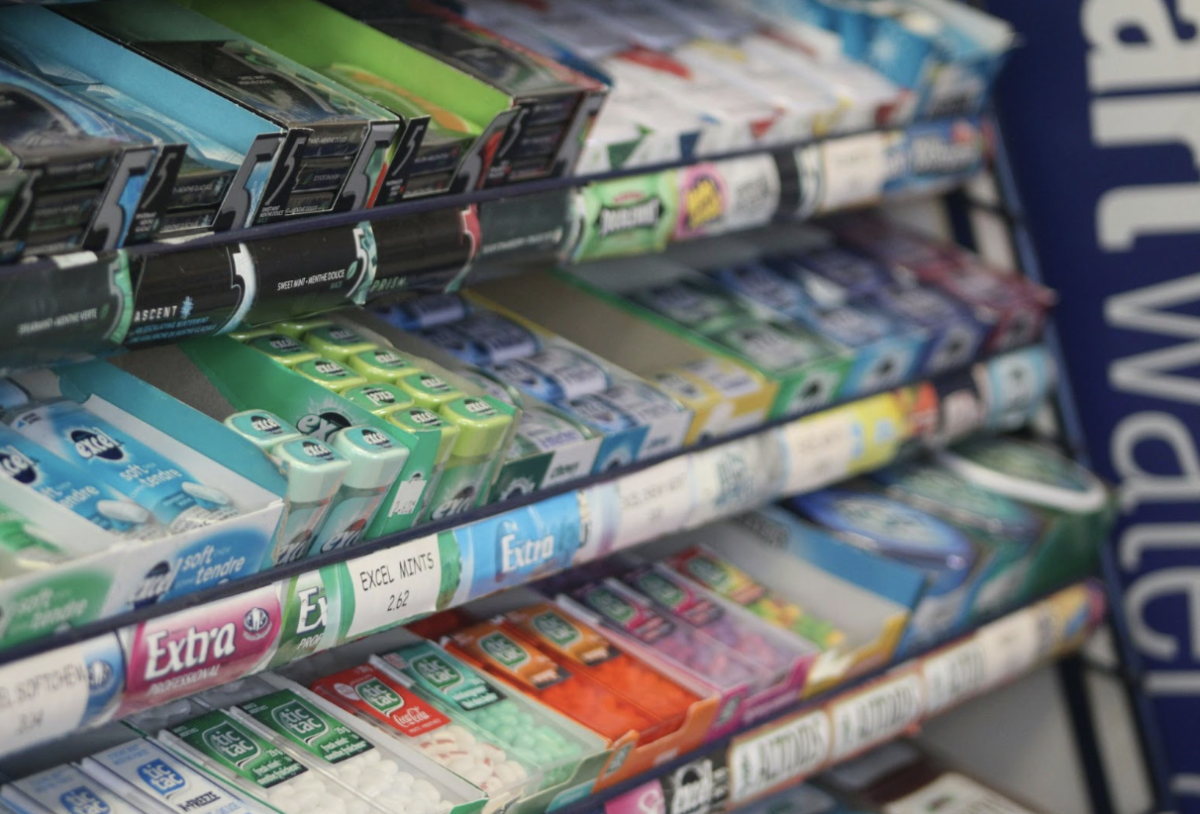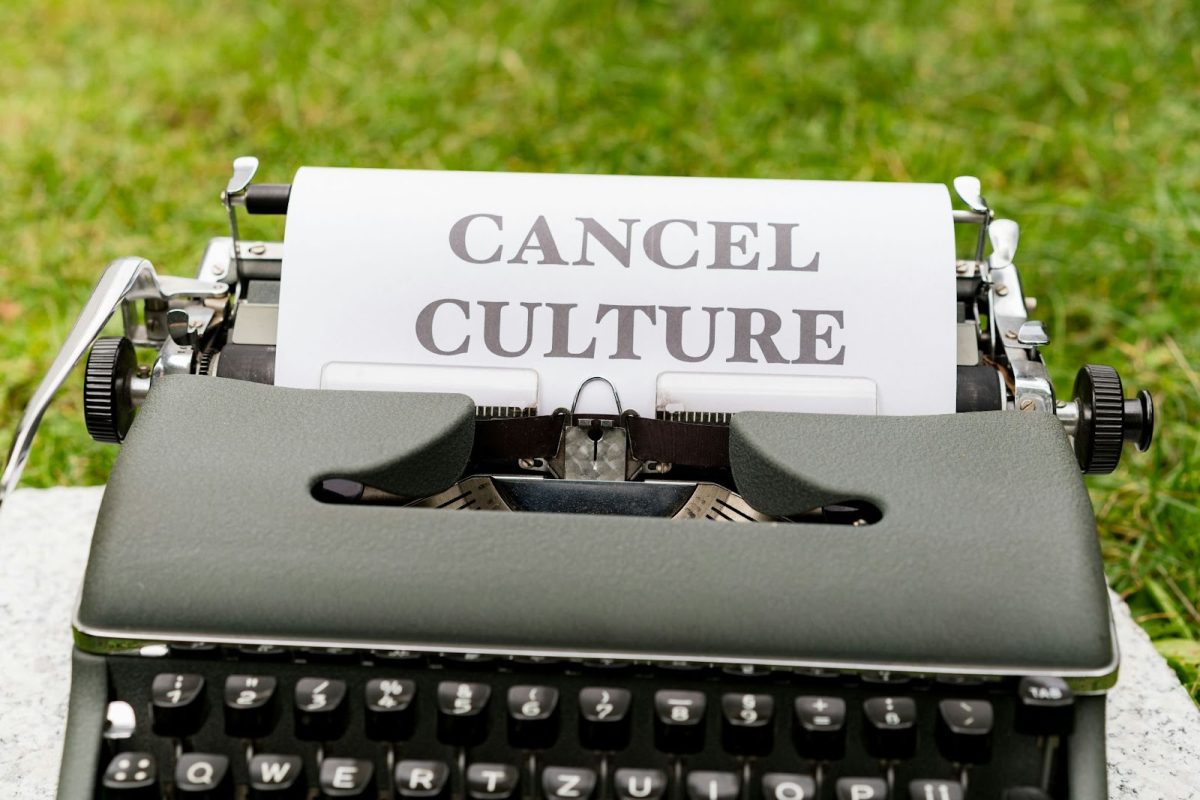From gel to acrylic, nails have become a staple in the beauty and fashion world. Nail salons are a popular destination for millions across the globe to receive self-care and beauty treatments. However, the hygiene practices of nail salons are often overlooked, despite the fact that an unsanitary environment is breeding grounds for infection and other health hazards. A study conducted by Georgia Tech researchers found that 52% of its participants, primarily those who went to nail salons more than three times a year, exhibited dermal or fungal infection symptoms.
The low standard for health in nail salons stems from a lack of strict regulations. Since nail salons are typically local, family owned businesses with less than a dozen employees, and therefore are liable to fewer recordkeeping requirements and OSHA (Occupational Safety and Health Administration) regulations.
Additionally, state licensure requirements vary across states, so there isn’t a universal standard for training and education on occupational health and safety. The lack of uniformity in sanitation standards creates a knowledge gap that poses threats to nail technicians and customers alike by permitting salons with subpar sanitation practices.
Nail salons have tools of every kind: pumice stones, buffers, nail clippers and files. These tools are used on dozens of customers daily, and not every nail salon properly sterilizes them between clients. Frequent buffing, filing, clipping and trimming often cause nicks and cuts. Open wounds and skin to skin contact increase the chance of a customer contracting a harmful bacteria or virus.
Furthermore, whirlpool foot baths can accumulate skin cells and fungi, especially if they’re not thoroughly sterilized after use. This makes customers susceptible to toenail fungus, athletes foot, warts and severe bacterial infections.
Nail technicians are also put at risk by unsanitary practices. Nail technicians who work in unclean environments are exposed to harmful bacteria and chemicals. Acetone, a popular nail polish remover, may cause dizziness, headache, and irritate the eyes, skin and throat. Formaldehyde, a common ingredient in nail polish, can lead to difficulty breathing, allergic reactions and even cancer. Prolonged exposure to hazardous chemicals is linked to respiratory problems and illness.
While this is unfortunate, it is also preventable. To foster a safer space, nail salons can take precautionary measures. These include installing vents to reduce polish and acetone fumes, complying with public health guidelines and being inspected regularly by local health departments, and encouraging nail technicians to wear protective gear like gloves and masks.
However, these changes may not be implemented anytime soon. So how can customers sidestep the risk of infection in the meantime? Checking reviews online and searching for reports of poor hygiene is a great way to start. Simply arriving a few minutes early and observing the operations of your local nail salon is effective as well. Pay attention to how the tubs and the tools are cleaned, if they’re being properly disinfected or only quickly rinsed. If you’re unsure about the salon practices, you can find another salon, bring your own tools, or just do your nails at home.
Although the cleanliness of nail salons is vital to the health and safety of customers, many salons don’t uphold proper hygiene practices, which facilitates the spread of bacteria, viruses and fungi. While clients can try to maintain proper hygiene on their end, a standardized approach to training needs to be enforced in order for nail salons to be a healthy space for every body.

















































































